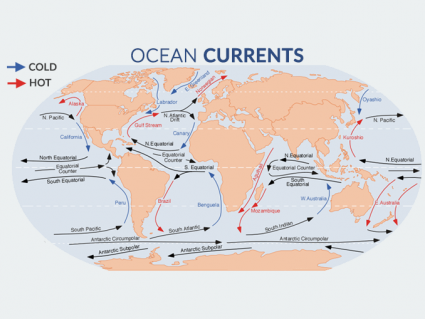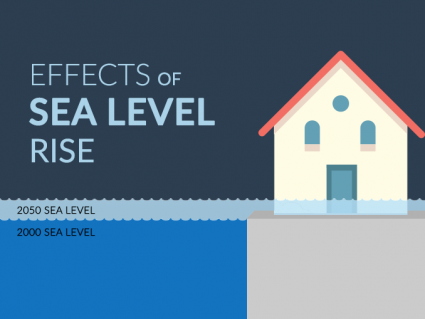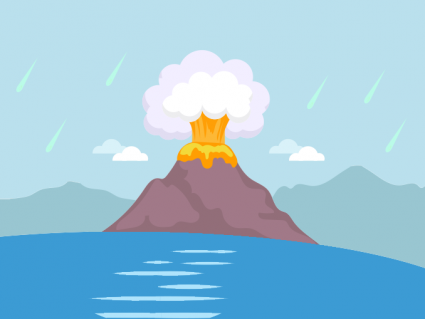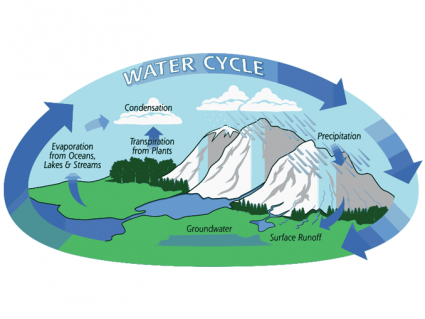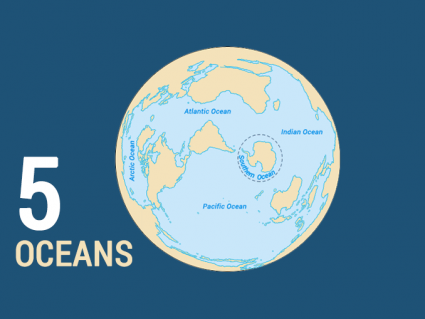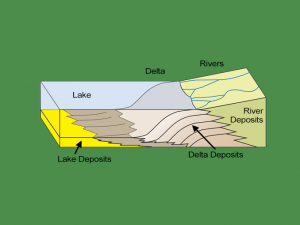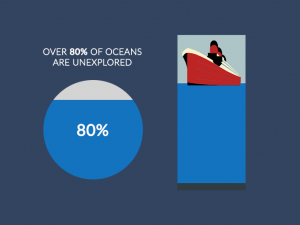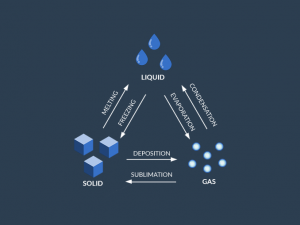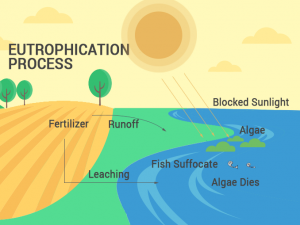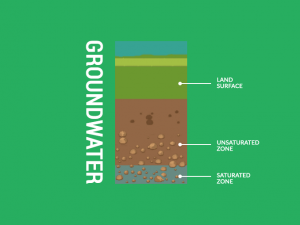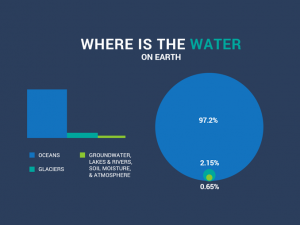What Causes Tsunamis? A Guide to How Tsunamis Form
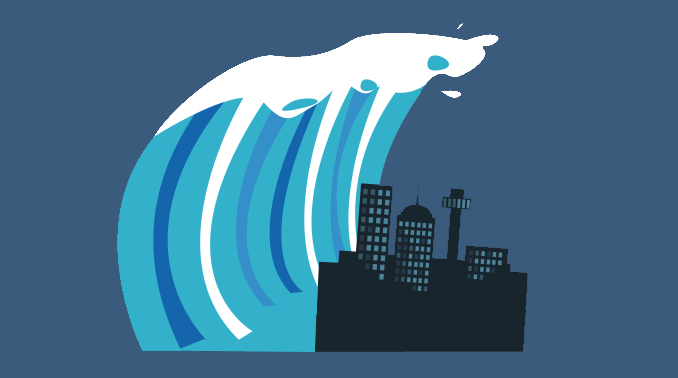
What Causes Tsunamis?
You probably already know that tsunamis are long, tall waves that can be disastrous to anything nearby.
But what causes tsunamis?
And how do tsunamis form?
Let’s dive into this guide on how tsunamis work.
Earthquakes cause 80% of tsunamis
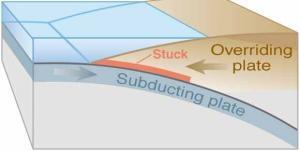
Over 80% of tsunamis are caused by earthquakes. But landslides, volcanoes, weather and even asteroids can also generate tsunamis.
Typically, earthquakes occur along two convergent plate boundaries as in the diagram below. The diagram depicts a subducting plate with an overriding plate riding above it.
Friction generates slow distortion
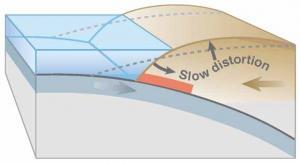
The descending plate sinks into the overriding plate. But they stick to each other building an enormous amount of friction.
Over time, the descending plate creates a slow distortion into the overriding plate. These frictional forces can last for years building up energy.
The sudden displacement of the ocean
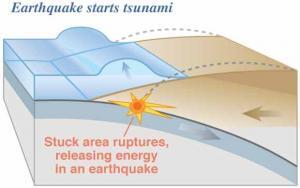
When there is a rupture between the two stuck plates, it releases a tremendous amount of energy forming an earthquake.
This causes a sudden displacement in the ocean. But the size of the tsunami depends on the depth of the ocean at this location.
A rupture creates a tsunami
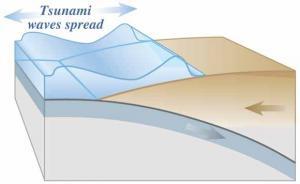
Waves radiate outwards. They can be enormous in size up to 500 mph. Unlike wind-driven waves, tsunamis can travel the entire water column from the ocean floor to the surface.
Depending on the depth of the ocean floor, tsunamis can reach heights of over 500 meters. But when these waves hit the shore, they lessen as low as 10 feet high.
Not all tsunamis reach the shore as giant waves. But when they do, they can be disastrous.
What Causes Tsunamis?
We all know what a tsunami is. We see them on the news every so often, and they’re devastating events that can cause huge amounts of damage and chaos. But what exactly is a tsunami and how do they form?
A tsunami is a large series of waves in the ocean that are typically caused by earthquakes. They are most commonly caused by plate tectonics movement beneath the surface of the sea. Tsunamis are one of the most destructive natural disasters today.
Do you have any questions or comments about tsunamis? Please feel free to use the comment form below and let us know what’s on your mind.

